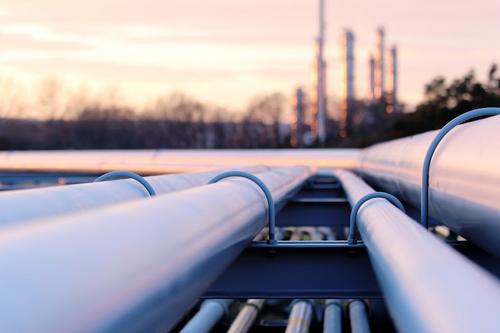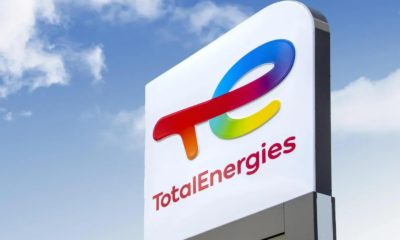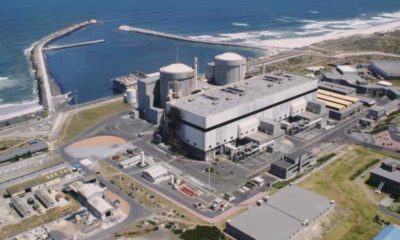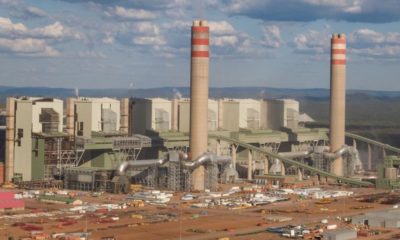411
70,000 Jobs at Risk as South Africa Faces Looming Gas Crisis

South Africa is staring down the barrel of a major energy crisis that could impact its economy for decades. With natural gas supplies from Mozambique’s Pande and Temane fields rapidly dwindling, the country faces what experts are calling a “gas cliff” — a sudden and severe shortage of a critical energy source.
The implications are staggering: an estimated 70,000 jobs are at risk, and 5% of South Africa’s GDP could be wiped out, according to the Industrial Gas Users Association of Southern Africa (IGUA-SA).
To address the looming threat, the African Energy Leadership Centre at Wits Business School, in partnership with IGUA-SA, is hosting a high-level symposium on Wednesday, 7 May. The goal: bring together key players from government, industry, and academia to craft a national response to the crisis.
The Roots of the Crisis
At the heart of the issue lies South Africa’s dependence on gas from Mozambique. Energy and chemical company Sasol currently operates the fields that supply South African industries via an 850km pipeline. But production is expected to decline sharply as soon as 2026.
This presents a serious challenge for industries that rely heavily on natural gas — including steel, petrochemicals, long-haul transportation, and manufacturing — many of which are difficult to decarbonise and essential to the country’s economic health.
Speaking ahead of the symposium, Professor David Phaho, Director of the African Energy Leadership Centre, emphasized the urgency of the situation.
“If we don’t act now to diversify our energy mix, we’re heading for serious economic consequences,” said Phaho. “This is not just an energy issue — it’s a jobs crisis, a GDP crisis, and a regional stability issue.”
Short-Term and Long-Term Solutions
Phaho says the most immediate option is to import liquefied natural gas (LNG). Ports in Richards Bay, Durban, and Maputo could be used as entry points to feed LNG into the existing pipeline infrastructure.
Longer term, South Africa must explore new gas reserves, especially in the Orange Basin, which spans both Namibia and South Africa. While these opportunities are years away from full development, they are critical to long-term energy planning.
Encouragingly, South Africa has begun laying the groundwork for a more stable future. The government is currently developing a Natural Gas Master Plan, and Sasol has committed to extending its gas operations to mid-2027 to buy time for infrastructure and policy developments.
A Call for Regional Collaboration
Despite the bleak outlook, Phaho remains optimistic.
“There’s an opportunity for greater collaboration with our neighbours,” he said. “Mozambique still holds the third-largest gas reserves in Africa. We need regional partnerships and proactive policymaking to secure energy for the next 25 years.”
The upcoming symposium aims to forge a unified “gas pact” involving entities such as Transnet Pipelines, Eskom, the Industrial Development Corporation (IDC), and Sasol.
Industry leaders agree: South Africa must facilitate, expedite, and aggregate demand for imported LNG if it hopes to soften the blow of the gas cliff.
With 70,000 jobs and billions in economic output on the line, the urgency to act has never been clearer.
{Source: BusinessTech}
Follow Joburg ETC on Facebook, Twitter , TikTok and Instagram
For more News in Johannesburg, visit joburgetc.com



























